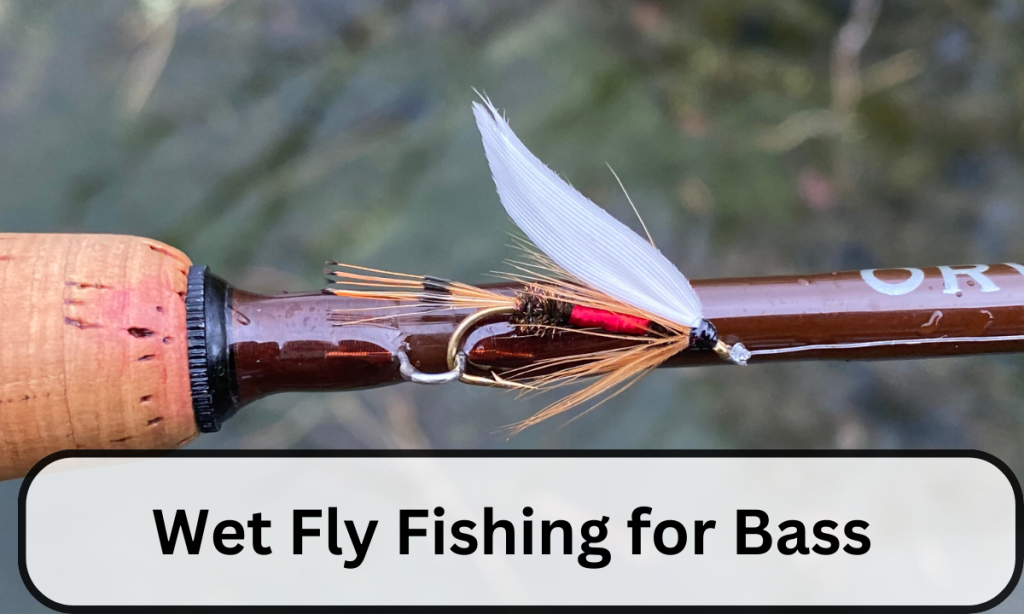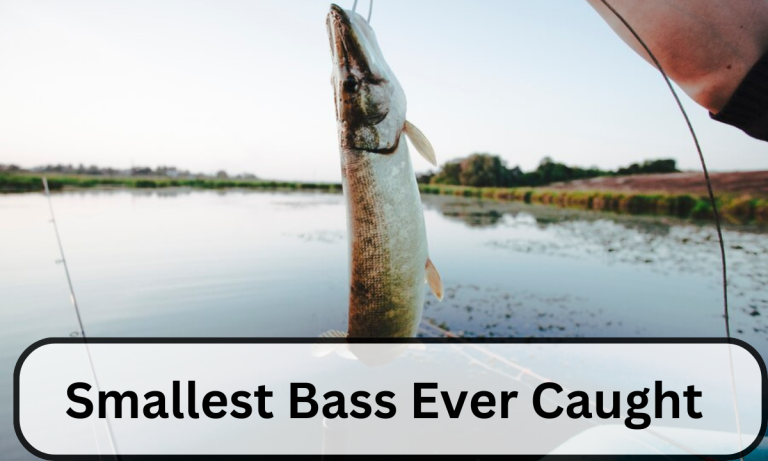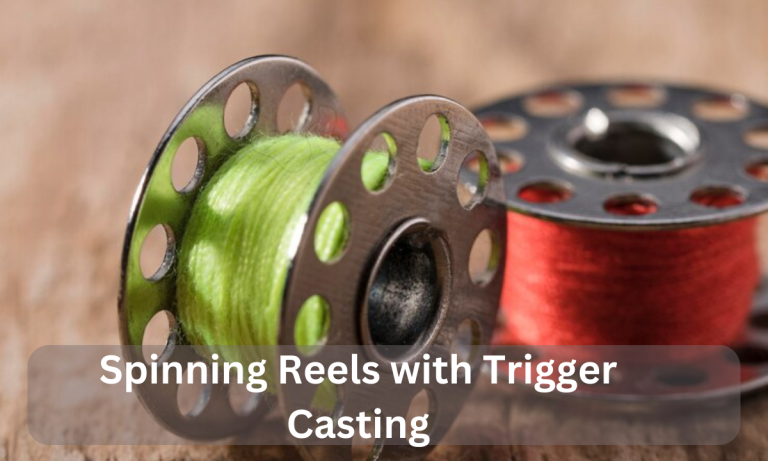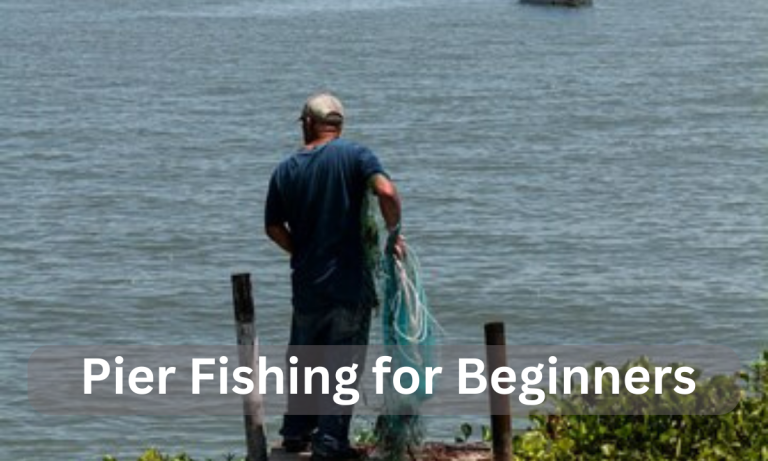Wet Fly Fishing for Bass
Wet flies are highly recommended for catching bass, especially smallmouth bass both in lakes as well as rivers and many other a variety of environments. You will certainly enjoy the fishing because wet fly fishing for bass takes you through a great fight for your target. Moreover, the smallmouth bass are not choosy as they strike whatever comes their way.
Similarly, if we speak in general terms, the bass is very aggressive, accessible, and widespread gamefish. Likewise, the bass are very voracious eaters to eat the same type of food in the same kind of places.

Wet fly fishing for bass includes the following foods:
- Damselflies
- Dragonflies
- Mayfly nymphs
- Hellgrammites
Wet fly fishing for bass can be enjoyed during fall as well because the bass move to shallow waters and then to look for cooler waters. However, in Summer, it is a bit difficult to catch bass because they go deep then. As regards the fall, you can catch bass through fly fishing in creeks and backwater covers. Similarly, wet fly fishing for bass is very easy.
In this article, we shall let you know about the various techniques, flies, and gear vital for bass fishing.
Wet Fly Fishing for Bass: Tactics
The following tactics will help you catch bass in different weather conditions:
- Fish Over Shallow Water
As far as wet fly fishing for bass over shallow water is concerned, use a floating line having a 9ft Sea-guar saltwater IGFA Leader with 16 lbs breaking strain. Further, tie on 2ft of 15.4lbs fluorocarbon. This is a recommended setup for beginners who are interested in wet fly fishing for bass.
- Cast and Retrieve
- Cast out in fan shape to cover the water in front of you.
- Experiment with both slow as well as fast retrieve while moving along the shore.
- Find the Fish
The first and foremost thing is to find the fish. The bass will chase the fly once it finds the fly. Therefore, finding the bass is very key.
- Double Haul Casting and Punching Flies
On windy days, you must learn double haul casting and punching flies to cover more water and catch more bass.
Wet Fly Fishing for Bass: Tactics for Fall
- Attention Towards Water Temperature
During mid-fall, the coldest water of lakes is considered ideal for bass fishing. However, at the end of the fall, these bass species move back to deeper waters.
Moreover, you can locate the bass during fall when the water is shallower. Therefore, you are most likely to find bass at the back of creeks.
But if the freshwater is flowing fast towards lakes, you can also target areas within the creeks to catch bass as the water is colder then.
- No Signs of Baitfish, No Fly Fishing
For wet fly fishing for bass during the fall, the first thing you should do is trace the baitfish. But if there are no signs of baitfish, then it is no use wasting time for fly fishing for bass because the baitfish are the largest part of the food of bass.
- Erratic Retrieves and Pausing the Flies
The grass lines, laydowns, stumps are found in shallower water during the fall. So, it is essential to make irregular retrieves and frequently pause the flies while fishing for bass. As the flies are paused for a few seconds around a strike zone, it increases the chances of a strike from the bass.
- Utilize Early Morning Topwater Bite During the Fall
When the bass are looking for baitfish on the surface during the fall, it will make the bass fishing easier. Moreover, you should do it during the early hours because food search is very frenzied. However, the largest bass are found underwater.
- Schedule the Fall Fishing According to the Weather
The bass don’t favor drastic changes in their underwater environment. The following factors cause the bass to get lockjaw during the fall:
- Cold Fronts
- Lake Water Level Changes
So, it is advised that you should plan the fishing trips for wet fly fishing for bass when water conditions are stable. But if the water conditions are not favorable, slow down the fishing and go to deepwater fishing.
Wet Fly Fishing for Bass: Best Flies
Surface and streamers are two types of flies for wet fly fishing for bass.
Surface flies are the following:
Popper is considered the ideal fly for bass fishing. However, those foam poppers are more effective and have a deeply scooped mouth.
The Sneaky Pete is a regular foam head popper with the head spun around backward. Give this fly a harder strip to make it dive for an inch or two. Moreover, give plenty of time to Sneaky Pete during the pulls to invite a strike from the bass.
Hair Bass Bug lands very softly, hence, a good fly for beginners. Similarly, they are more effective in making certain disturbances on the surface as compared to foam poppers.
Master Splinter is considered a mouse imitator to catch brown trout in the dark. Moreover, a master splinter rides very low in the water. The splinter has designed in a way that it can be cast easily.
Dancing Frog has a tail made of rubber skirt material and while body of spun deer hair. It is an ideal fly for crushing largemouth bass. This fly can displace a ton of water without using much force as the rubber tails keep wagging even at rest.
Dragonflies having foam bodies are more productive than flies made of synthetic body material. The dragonfly imitating a wounded dragon brings fruitful results in still water.
Streamers include following flies:
Deceiver is an effective baitfish across all fisheries. The light of the deceiver makes the anglers work well underwater over weeds and along pad edges. Likewise, drowning a deceiver on a heavy sink tip will bring monstrous smallmouth bass out of the deepest river holes.
Clouser Minnow was originally developed to catch smallmouth patterns. However, it can catch any gamefish that is swimming. Similarly, it is an ideal fly to catch more bass as compared to any other streamer because the jigging action of the Clouser minnow cannot be resisted by a bass. Moreover, changes in color and size can bear more sweet fruit.
Wet Fly Fishing for Bass: Fly Gear
Rods: For smallmouth bass, a 6-7 weight fly rod is useful. But a 7-weight rod is more productive in fighting a large fish in the rocks.
Moreover, casting big poppers and streamers also needs a heavy rod. As Far as the length of the rod is concerned, go with a rod from 8.5 to 9 feet.
Reels: The smallmouth bass pull hard. Therefore, a good quality reel will yield good outcomes.
Line: For wet flyfishing for bass, use the following lines for the following flies:
Dry flies: A weight-forward floating line.
Streamers: Sink tip line or full sinking line.
Conclusion
Catching both smallmouths as well as largemouth bass is not without fun. Using appropriate flies, gears and tactics will help you catch more bass on a given day.
Similarly, the timing of the day and weather conditions should also be considered while heading for bass fishing as a starter.
FAQs
- What is wet fly fishing for bass?
Ans. The use of sinking flies for catching bass is called wet fly fishing. These flies imitate minnows and insects.
- What is the best time to catch bass using wet flies?
Ans. The time of early morning and late evening are considered perfect for bass fishing with wet flies. If the days are overcast, there is nothing with bass fishing.
- What are the best flies for bass?
Ans. Clouser minnows, wooly buggers, and streamers are the best flies for bass fishing. Change the colors and sizes of the flies to be more effective.
- Where to fish for bass using wet flies?
Ans. The ideal locations for bass fishing are areas with structures like submerged rocks, fallen trees and weed beds as these places are a good bass cover.






